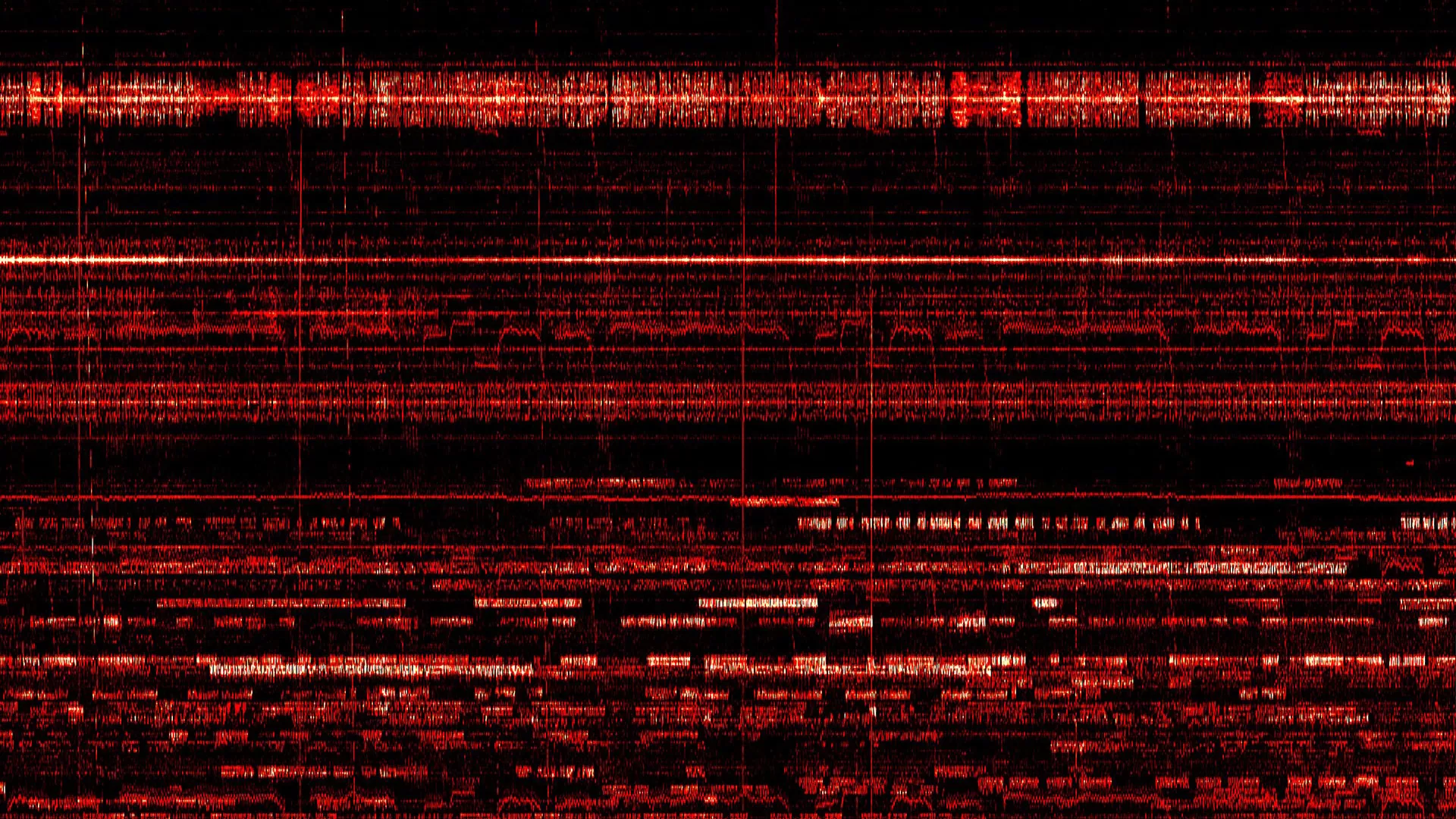
The journalism data foundry
Investigative reporting is a rather complex branch of journalism — one that these days relies heavily on open-source technologies. Its job? To take the raw data, analyze it, and come up with something new
In conversation with Manisha Ganguly by Philip Di Salvo
Photos by Lewis Bush
Gathering and verifying information have always been among the foundations of journalism. Open-source intelligence (OSINT) techniques have given reporters new opportunities to reconstruct events, hold war criminals accountable, and tell stories that would be difficult without them. By geolocating footage and other material posted on social media, for instance, journalists can find evidence of otherwise unclear events, potentially exposing the invisible or, in the context of conflict reporting, dispelling the fog of war, the information clutter often associated with warzones where access can be denied. Open-source investigations have been pivotal in the context of the war in Syria, among others, and more recently in documenting the Russian invasion of Ukraine. The even more recent escalation in Gaza has also highlighted some of the shortcomings and limitations of OSINT in journalism and how they could even contribute to spreading misinformation when misused.
Open-source investigations are one of the most interesting and defining elements of contemporary investigative reporting. Yet, the “intelligence” in OSINT is that of surveillance operations, secret services, and spy agencies — quite distant from the principles of journalism and its freedoms: how can those techniques be applied to the news? And how do they impact the future of journalism? We spoke with Manisha Ganguly, an investigative journalist and documentary producer currently working as an Investigations Correspondent for The Guardian and a pioneer in the use of open-source techniques in reporting. Ganguly recently participated in the Modena-based DIG Festival as a juror for the international DIG Awards and as a speaker, where she also discussed the potential of open-source techniques to expose war crimes and human rights abuses.
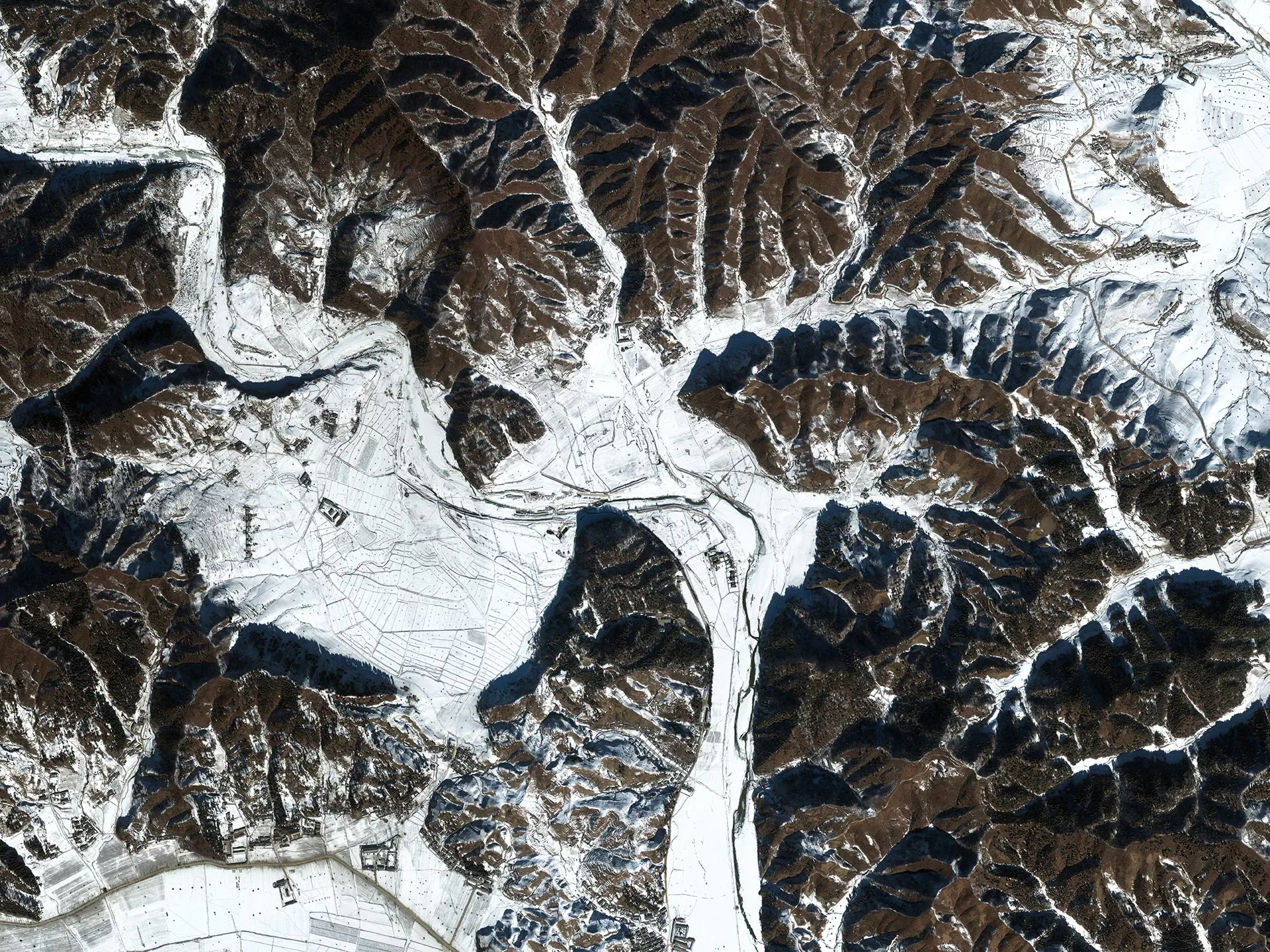
Shadows of the State by Lewis Bush — Numbers stations are mysterious broadcasts of coded messages intended for undercover intelligence agents in enemy states. Shadows of the State adapts open-source research and satellite image interpretation to investigate these broadcasts and locate the transmitters for thirty of these stations, from Russia to Libera, Cyprus to South Korea. This is partly about the possibility of turning the methodologies and technologies of espionage back against their users, and in doing so bringing some light and accountability to a world that exists in stark contrast to these things. But it is also about the difficulties of exploring a topic where certainty is almost impossible, and paranoia, conspiracy, and misinformation constantly obscure objective facts. The book presents detailed information about each station, including satellite maps, radio spectrograms, and scannable barcodes revealing their transmissions’ recordings.
Philip di Salvo: This issue of MAIZE magazine revolves around the notion of “intelligence.” When we think of intelligence in OSINT, what comes to mind is the National Security Agency, secret services, espionage, and the like, but how is it applied in journalism?
Manisha Ganguly: I think intelligence is a controversial term. It’s a military term. OSINT originates in the military community and falls within the different kinds of intelligence the military usually collects. One type of it is geospatial intelligence, which has become part of OSINT because of the advent of commercial satellite imagery. Then there is signals intelligence (SIGINT), which is what the NSA and GCHQ do — basically large-scale wiretapping. A lot of information has come into the open source thanks to organizations like WikiLeaks making all of this information public. Additionally, we also have social media intelligence. And then there’s the oldest intelligence in the world, which is human intelligence or closed sources.
From here, I think there are two points I want to make about the terminology: one is that the critical word in OSINT is indeed intelligence, because it’s not just what you can find that is open source or on the open web. It’s about finding it, collating it, and then it’s the analysis that creates the intelligence. Merely finding it is not OSINT: it’s how you interpret it. And that requires lots of things like human judgment, experiential knowledge, expertise, and expert testimony. All of that is necessary to interpret what’s out there because what’s out there is just raw data. The second point, instead, is that the term OSINT was thrown around quite a bit in the early days: we saw OSINT interact with journalism in a meaningful way during the Syrian civil war, and that happened because that was the most documented war in history at the time, due to the proliferation of smartphones with cameras and the ability for anyone to create social media accounts and broadcast the Russian and Assad bombings live.
As a result, open source journalists have come under a lot of criticism for being allied with various Western intelligence organizations, militaries, and governments, which is why I think using the term OSINT in journalism is misleading and does more harm than good. I prefer to call myself an open source investigator. I do open-source investigations focusing on accountability, which, again, is an important part because intelligence by itself exists in a vacuum. You can do anything with the intelligence. But as investigative journalists, we are different. We do the analysis, and then, based on the available data, to the best of our ability, we try to clearly delineate who the perpetrators might be or who the victims are. And then push for accountability.
You mentioned social media and the way it can document conflicts. When I think of all the material that gets published on X/Twitter, for example, I think of that as an endless flow. Do you feel that the work of open source investigators also has an archiving function? As in extracting the materials from the stream and crystallizing them in time?
I think what all journalists are trying to do is create a first draft of history, and that is the foundation of all the reporting we do. Open-source investigations fall into it, too. The basic tenets of open-source investigations are still the same as any kind of reporting: when you see something, you verify it. The unique thing about open-source investigations is the ways you can do that. Previously, the only way to verify something was through closed human sources. You’d go and ask a human being. Now, you don’t necessarily need a human being.
You can match a video or image with satellite imagery or other videos; you can do geolocation; and you can do chronolocation, which means placing a piece of visual evidence in space and time, and using that to reconstruct a version of the events. It is that reconstruction that gives meaning. Now, what’s happened in the wake of the Syrian civil war and the Rohingya genocide in Myanmar is that we’ve seen social media companies actively deleting footage of war crimes while leaving other kinds of war crimes footage. The problem with deleting some of this footage is that forensic evidence is now admissible in international prosecutions at the International Criminal Court (ICC) level. Open source investigators must include archiving in their actual workflow.
And the reason for that is that part of the open source tenet is transparency. You want to be able to show your work. It’s very difficult to do that when social media companies are actually deleting the evidence that forms the foundation of your investigation. So the archive is important for two reasons: one is to present that transparency to people. The second is to keep that archive on file in order to continue your investigation. Moreover, sometimes law enforcement comes in and demands that evidence for different levels of prosecution, and often they’re unable to get it from the social media companies. That’s when the journalist’s archive becomes quite central.
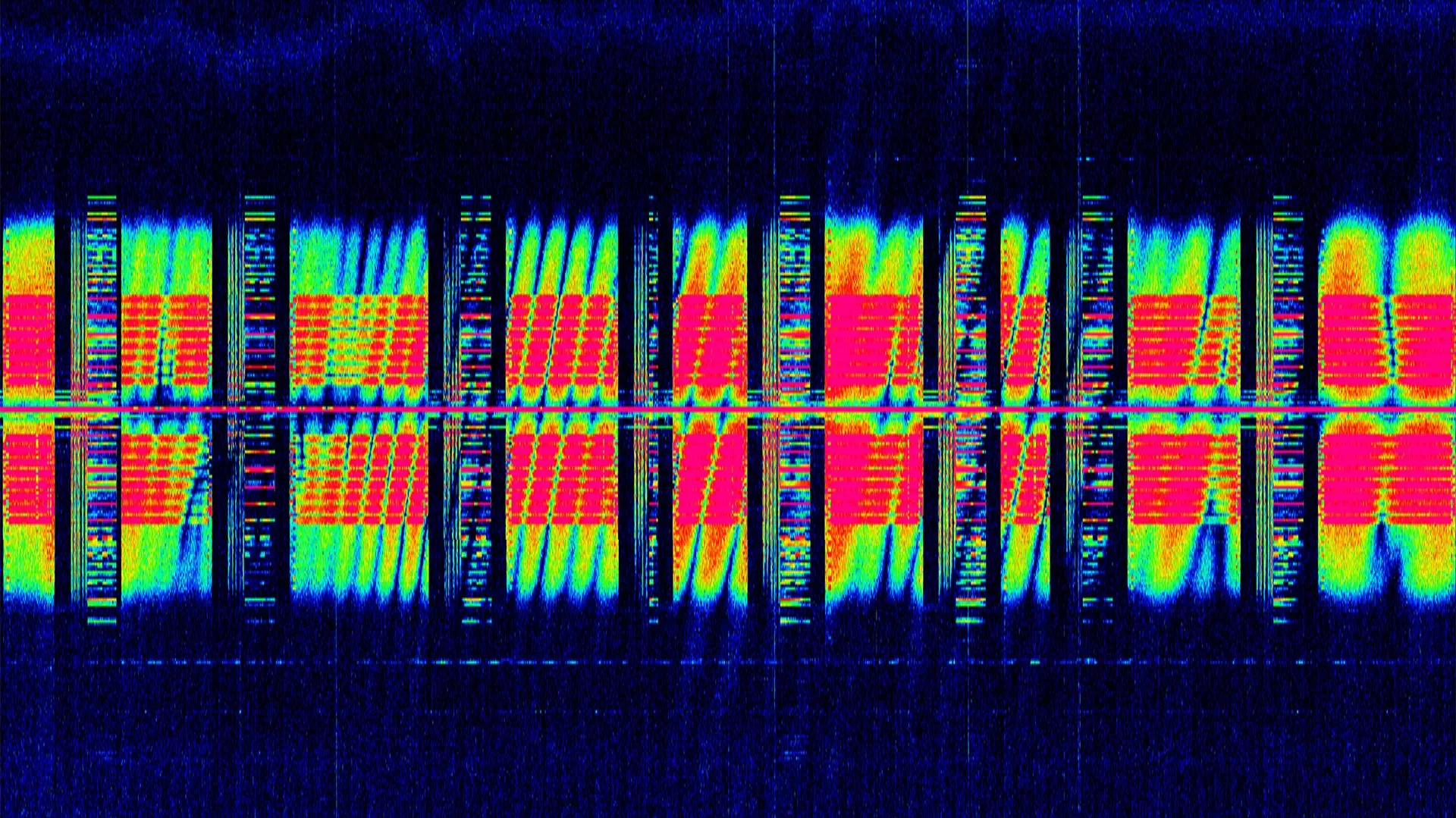
Photos by Lewis Bush
Until a few years ago there was a lot of discussion about citizen journalism and empowerment, as in Twitter giving people the ability to directly document war crimes or news. Do you think that is still the case? I mean, is that empowerment element of social media for victims of war crimes, protesters, and witnesses still there, or has it been overshadowed by disinformation and state-actor-level influence campaigns?
I think the golden period of that empowerment was the Arab Spring. After that, there was a backlash, and that backlash took various forms. So, in the Middle East, the dictators who remained in power started cracking down on social media. The second problem is that state actors saw a good opportunity to pollute the information that was coming out. So, if you look at the Russian context, there’s state-level disinformation that’s polluting the narrative around the war crimes that are occurring in Ukraine. And this has been very well documented. There is also a third factor, which is the impact of capitalism: we’re seeing the commodification of open source, and that is happening on two different levels.
First, tools that were free and open are becoming increasingly restrictive and proprietary and thus inaccessible to most journalists from regions in the Middle East and in the global South, who are obviously no longer getting free access to these tools. Things like satellite imagery are just too expensive. The second part is what I’d like to call the grifters. These people think they understand open source based on stuff they’ve seen online, have no regional or journalistic expertise, and are just coming in and posting their views online. And since the open source community is quite organic and was relatively underground until a few years ago, there’s no way to check anyone’s credibility. So that’s a pure dilution of expertise and credibility. Open source is becoming increasingly important in war reporting, but, at the same time, it’s also becoming tough to distinguish who the credible open source journalists are because there are so many accounts that just claim to be OSINT but don’t have any actual journalistic expertise.
Is the current escalation of violence between Gaza and Israel unique in any way? I am thinking about the al-Ahli hospital bombing and the fact that we have seen different OSINT analyses come to very different conclusions, which ends up contributing to the already widespread fog of war.
The Israel-Palestine conflict is unique in many ways. Both sides are committing war crimes, Hamas and the Israeli military. In terms of the humanitarian crisis in Gaza right now, there doesn’t seem to be enough solidarity in the OSINT community in the same way we have seen in Ukraine when Russia began its disinformation campaigns. The second component that makes this conflict unique is simply down to race. And that’s because most of the bodies we’re seeing from the casualties in Gaza are brown, which means it’s very easy to recycle images from other conflicts in the Middle East and South America that match that skin tone to distort the narrative. There’s already so much pre-existing imagery that a lot of it gets circulated and adds fuel to the fire, whereas in the case of Ukraine, Ukrainian casualties are quite different-looking from any in the Middle East simply because of their race, so there’s very little stuff that I’ve seen that’s been recirculated from Ukraine. The things I’ve seen have been attacks on residential infrastructure, which is mainly from an aerial view, or cases where you can’t really see the civilian casualties.
Overall, where are open-source investigations taking journalism? How are they changing it?
I think the interesting thing that we’re seeing with the conflict in Gaza is that most newsrooms are not able to keep pace with the rate at which information is coming out, because most newsrooms aren’t incorporating open-source investigations among their news-gathering techniques. But at the same time, the proliferation of photos, satellite imagery, map data, and geolocation has become key since the Ukraine war. But at the same time, organizations like The Washington Post and The New York Times have created visual forensics or visual investigations teams that have led their news coverage of most of the major conflicts, and that’s because open source provides the advantage of being able to rely on human sources when you’re confronted with the fog of war, and combining this with the open source evidence and forensics.
So, in terms of changing journalism, all of this is definitely becoming key to newsgathering and breaking news reporting in a way that most newsrooms, at least in Europe, aren’t embracing. I don’t work in news; I work specifically in investigations, and I think open source is absolutely key to investigative reporting, at least for the kind of war crimes investigations I’ve done in the past. It is not as fast-moving, but it is really critical. If you’re doing war crimes investigations and both sides are spreading disinformation, to be able to reach your own conclusions it’s crucial to identify witnesses and then corroborate with people on the ground, to clearly investigate war crimes that are in the public interest.
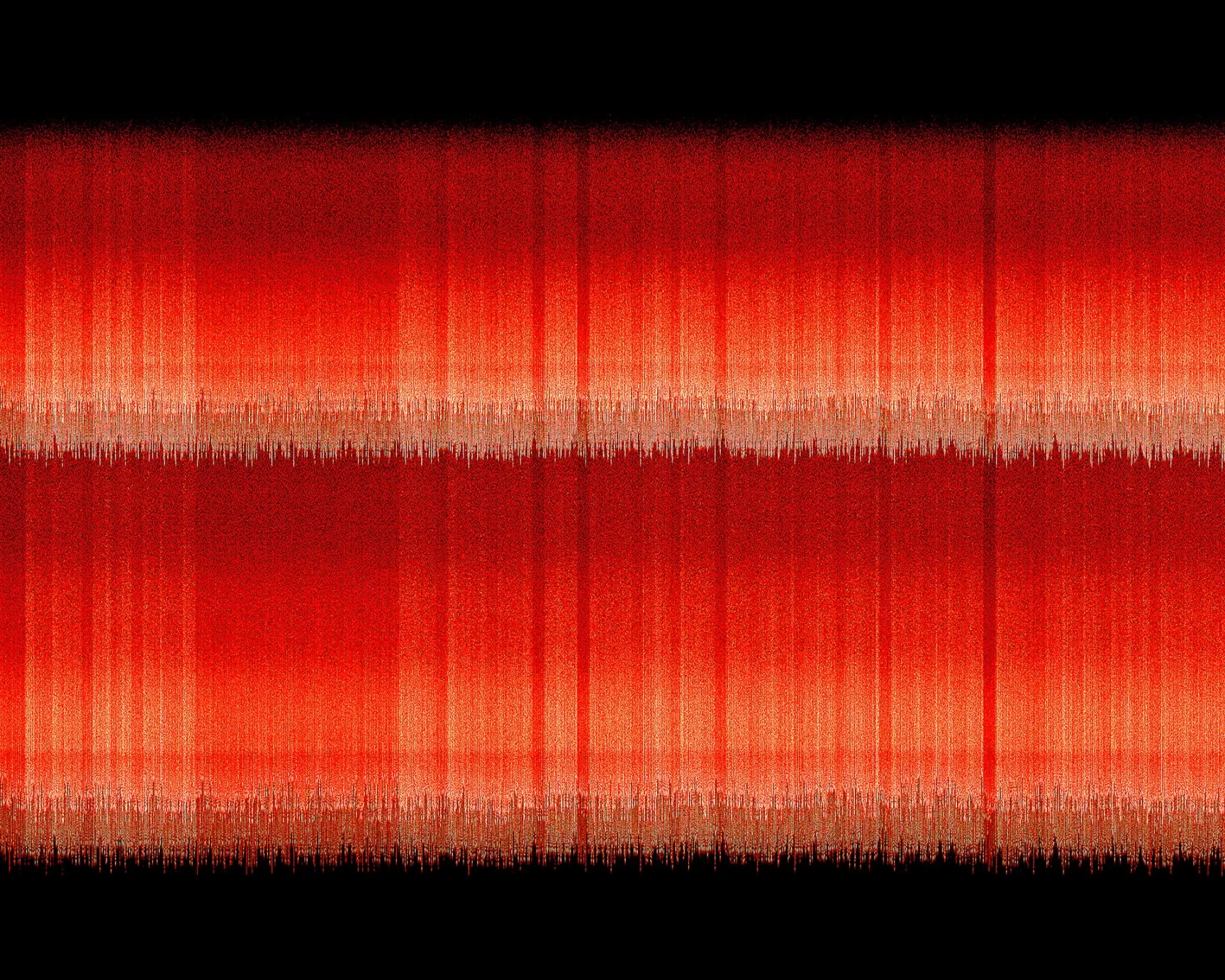
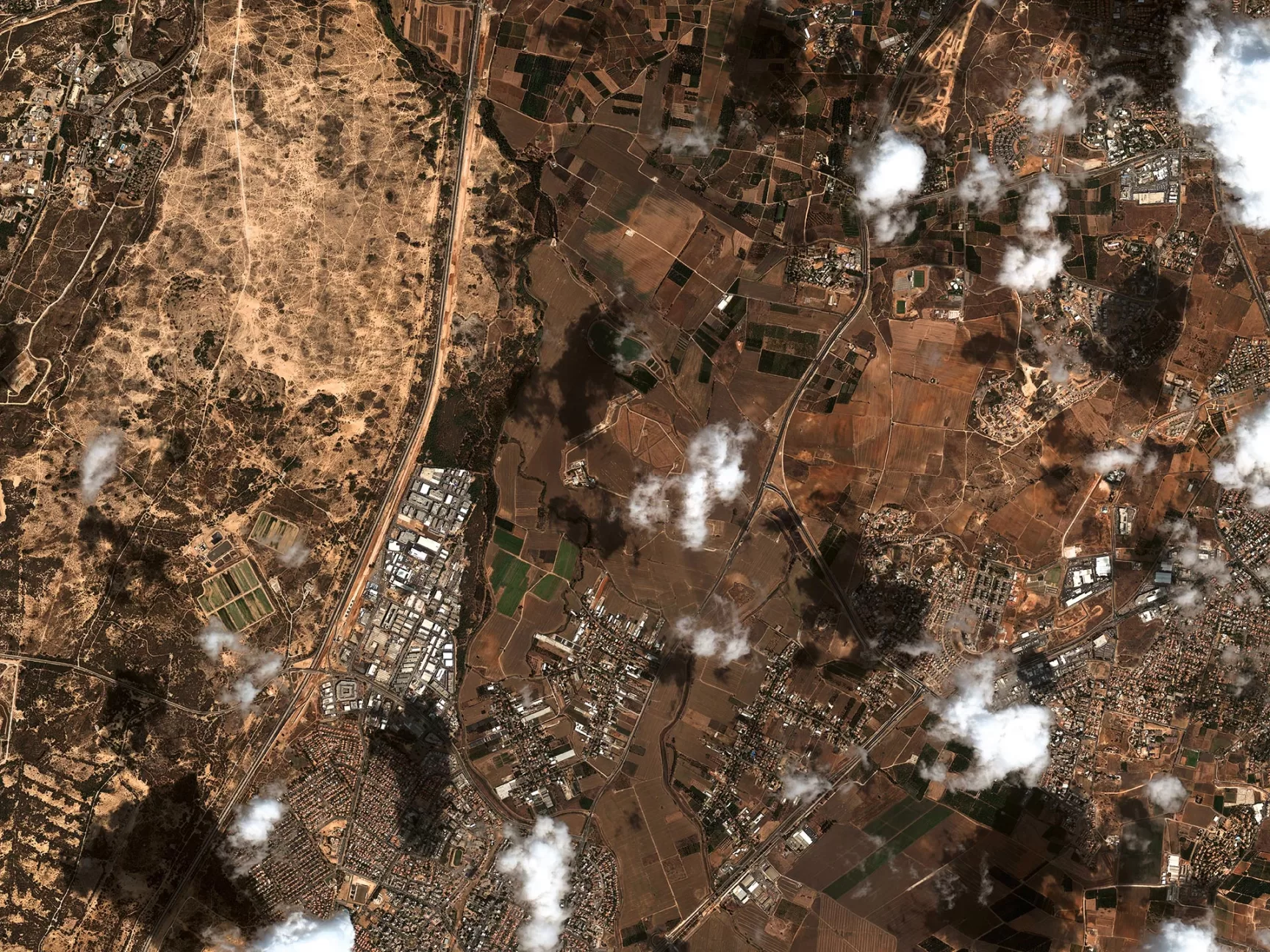
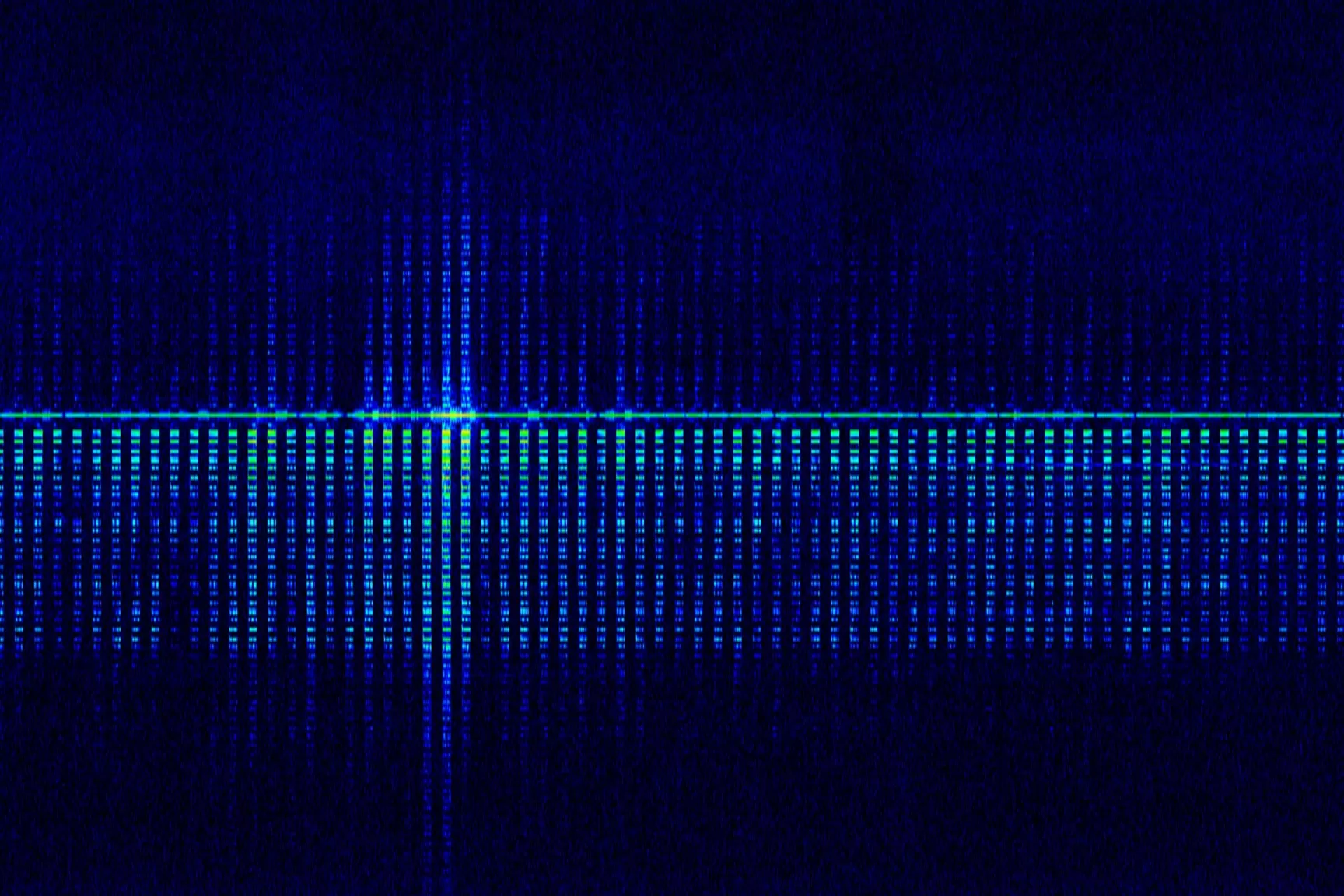
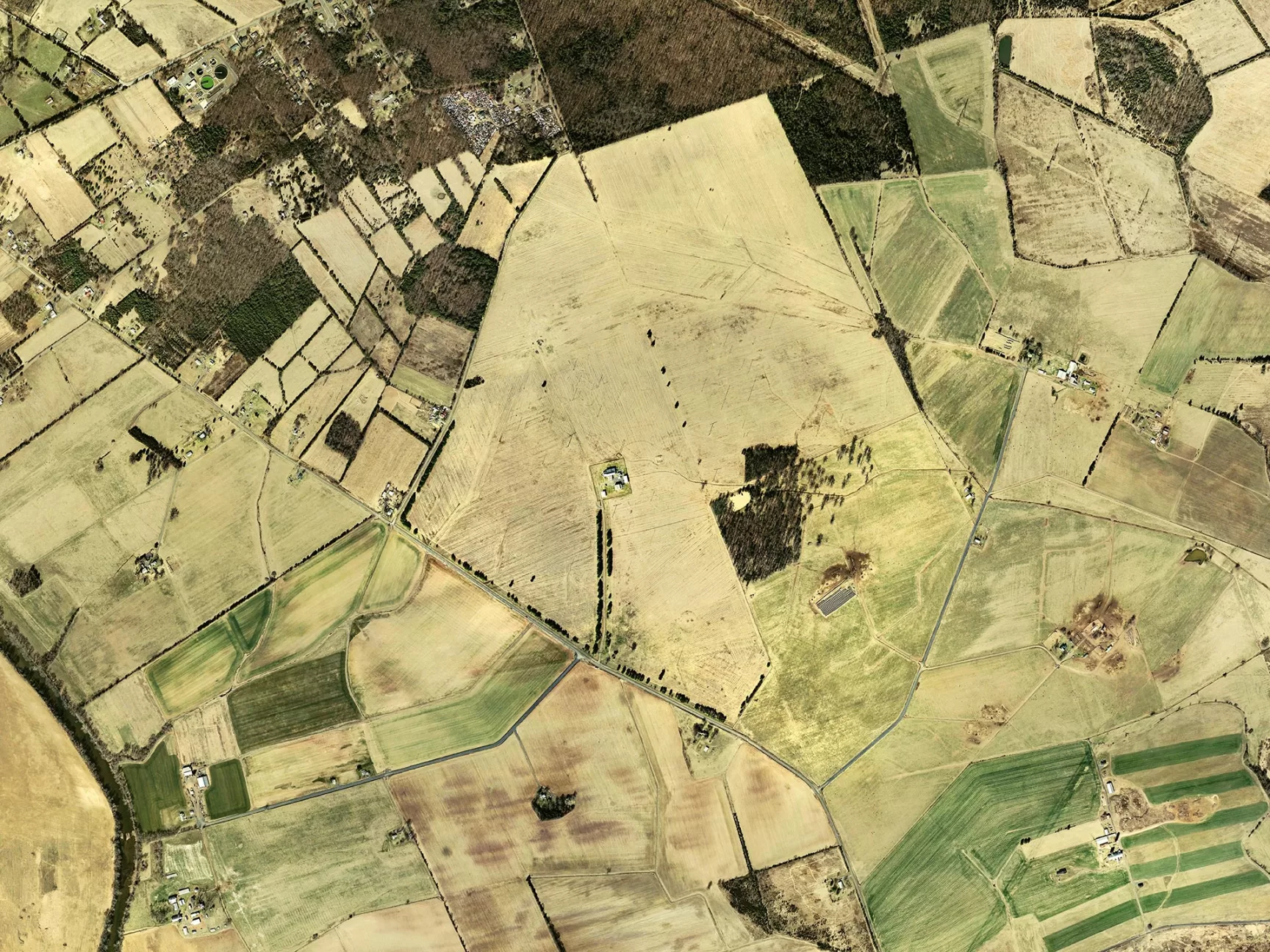
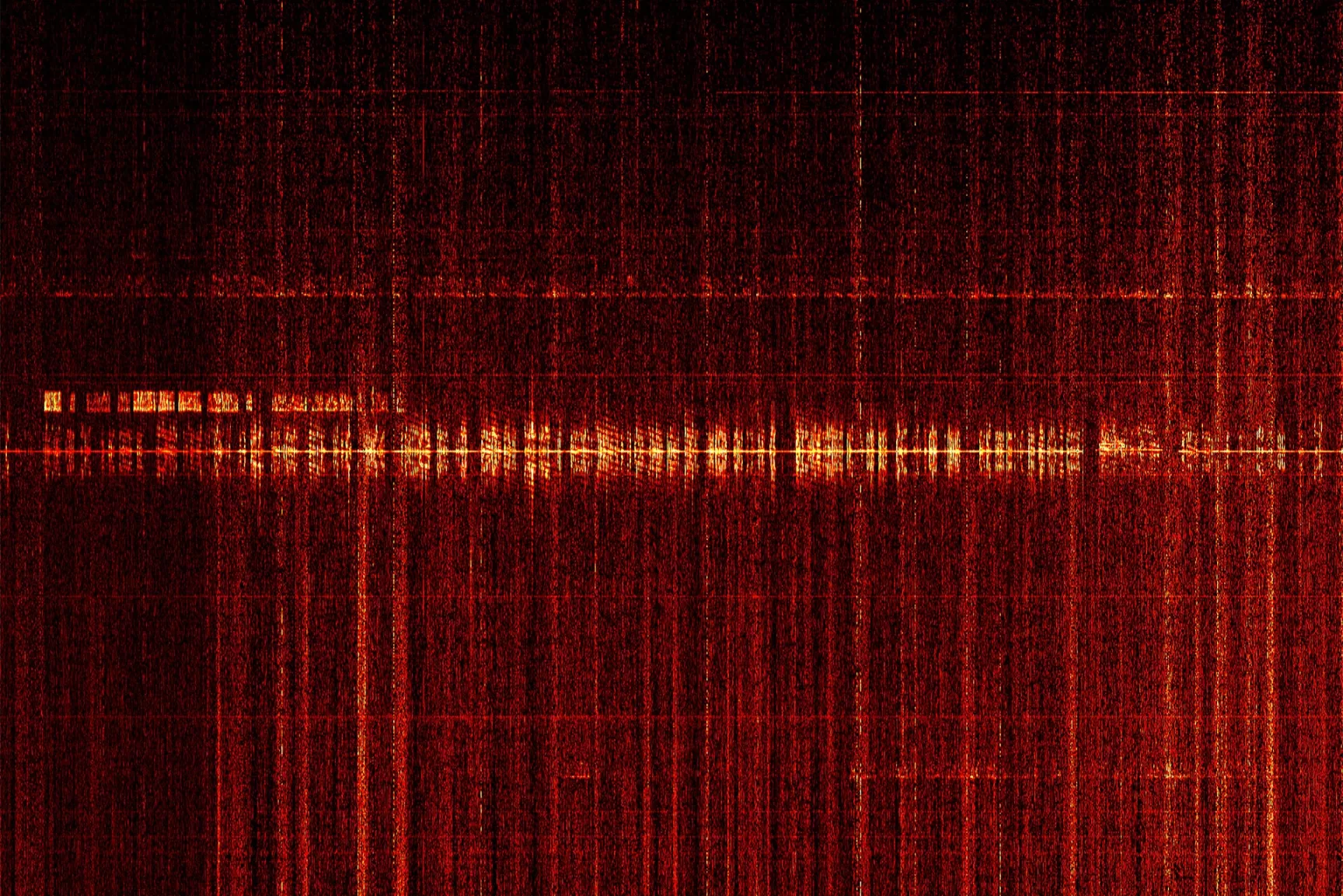
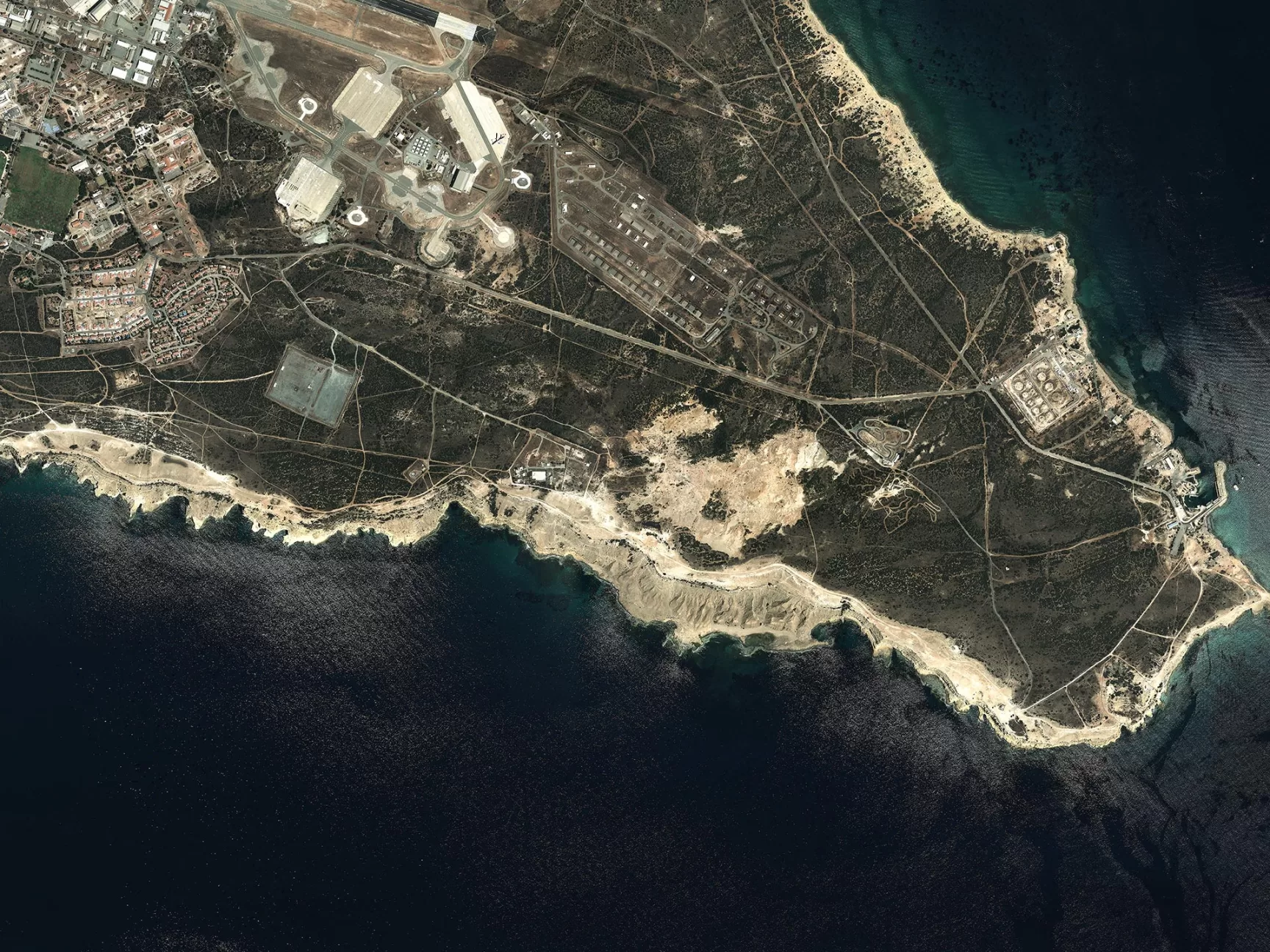

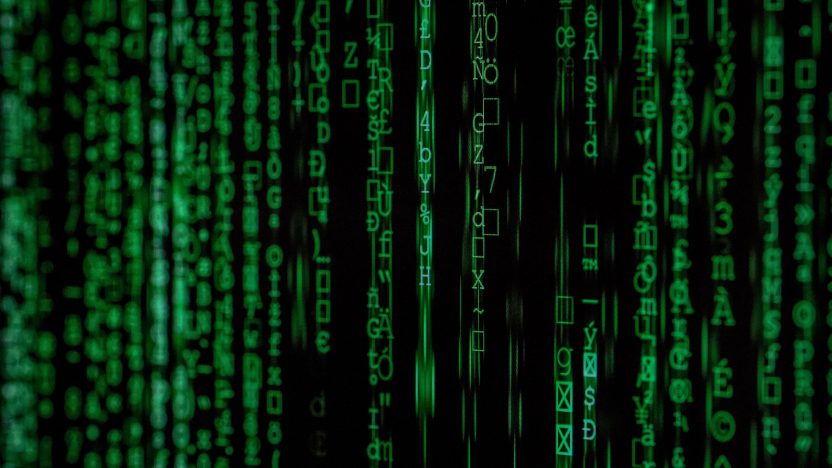

 in Italy
in Italy